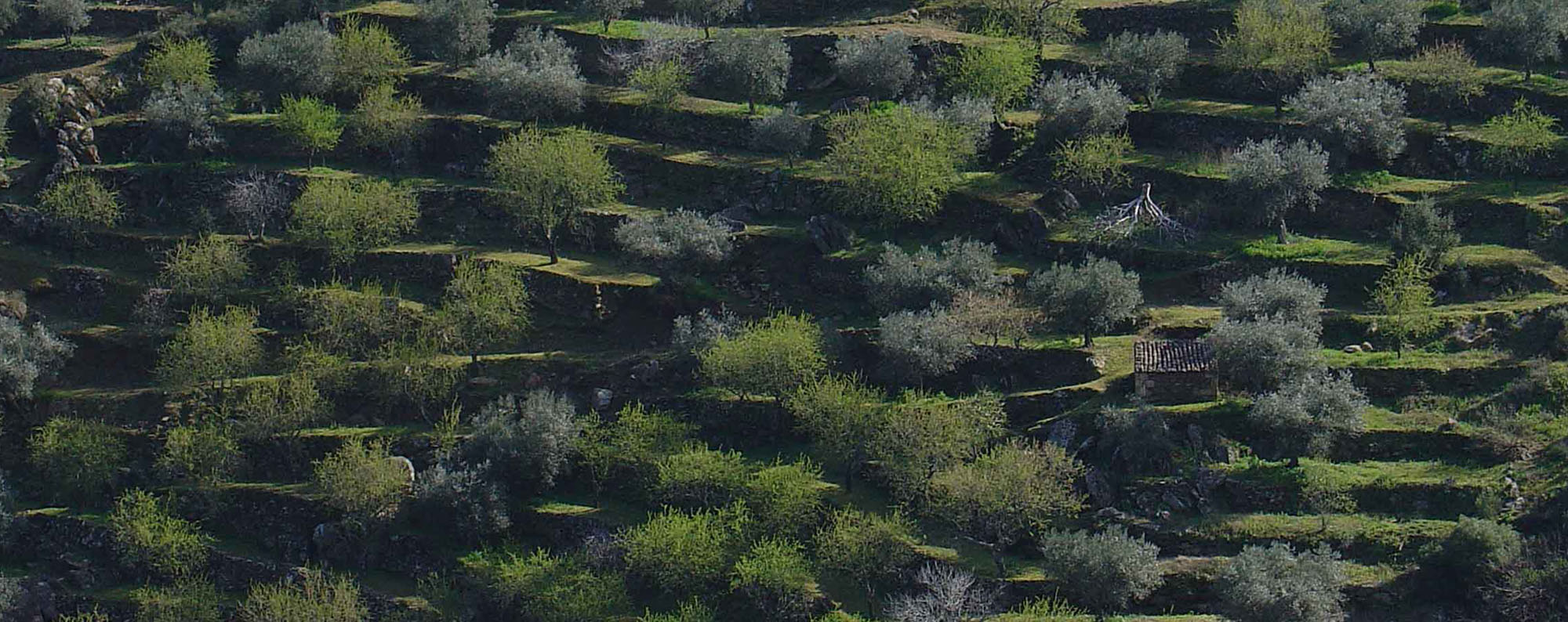
THE IMPORTANCE OF AGROFORESTRY IN TODAY'S WORLD
Biodiverse systems
Agroforestry is the system used by humans since the advent of agriculture when they mixed various types of crops to meet their daily needs. There are numerous studied examples of agroforestry systems on all continents, enriching agriculture in each region where humans have settled.
In contrast, the practice of monoculture is very recent and was created to intensify the production process to optimize costs through economies of scale. The importance of practicing agroforestry in today's world is enormous. In a world that is being severely affected by intensive monoculture practices leading to uncontrolled deforestation of vital forests for the health of our planet, agroforestry systems emerge as the best solution to mitigate the damage caused by intensive agriculture.
Previously, in one of our articles, we detailed the serious environmental consequences of using monoculture practices. In this article, we will address the reasons for the importance of practicing its opposite, agroforestry.
"We are not the intelligent ones; we are part of an intelligent system." This statement by Swiss farmer Ernst Goestch succinctly describes what agroforestry means. While in a monoculture system, the farmer aims to control everything happening on the farm as if they were the author, in agroforestry, the farmer recognizes that they are not the author of this system but rather an intermediary. They understand that the author of this agricultural system is nature itself, and it is necessary to observe and understand its norms and how it operates to maximize the benefits of this system in creating food and other resources. While in monoculture, the farmer exploits natural resources to the limit, in agroforestry, the farmer borrows from and returns to nature with profits. How is this possible? Simply because agroforestry systems are circular sustainable systems, and all their practices promote strengthening this circle, so that what comes out of the earth returns in greater quantity than it left.
Consider the case of monoculture. The farmer extracts, extracts, extracts until there is no more, and when it reaches this point of exhaustion, they start applying fertilizers to the soil that are automatically absorbed by the plants, completely destroying the soil's function as a nutrient source. Thus, ultimately, the soil becomes practically a structure merely providing physical support to the plant, completely losing its function as a nutrient provider.(1) In agroforestry, the cycle is closed. The farmer understands that the system in which they will plant is an integral part of an immense network of symbioses and life among various plants. They adapt their cultivation to this system to take advantage of the real function of the soil, which is to provide food to the plants. This way, the farmer respects the entire network of microbes in the soil, which are the main contributors to having nutritious and healthy food without blindly exploiting the terrestrial soil.
The major promoter of an agroforestry system is undoubtedly biodiversity. Each plant lives for the next, and each has a well-defined function in the intelligent system in which they live. Scientific studies increasingly address this topic, and agroforestry maximizes the preservation of this ecosystem. (2)
Biodiversity becomes a serious issue, especially when considering that, according to FAO data (3) , 75% of the world's food comes from only 12 types of plants and 5 animals. As monoculture specializes in a limited model, results like these naturally appear.
In addition to all this, agroforestry will be of enormous importance in the coming years because it is clear that the intensive monoculture model from the so-called Green Revolution is not providing positive environmental answers. The United Nations (UN) has been conducting global campaigns to encourage the expansion of agroforestry projects as the main mode of food production, especially at a time when the world population is continuously growing. (4)
Food security doesn't just mean that people have enough food to eat. It also means that these foods can provide all the myriad of nutrients our bodies need. This is a serious problem, especially in poorer countries. Former farmers who practiced agroforestry and switched to industrial monoculture started planting only one food crop when they used to have more than a dozen different ones. Over time, these people began to suffer from nutritional deficiencies because the variety of food became less diverse. (5)
Therefore, it is urgent that the global agriculture and food system transform from a specialized, industrial, and monocultural model to a biodiverse, agroecological, and agroforestry model.
by
Tiago Cartageno
Owner of Quinta Vila Rachel
(1) https://extension.oregonstate.edu/news/heres-scoop-chemical-organic-fertilizers
(2) https://www.researchgate.net/publication/324503153_Fungal_Biodiversity_and_Their_Role_in_Soil_Health
(3) http://www.fao.org/3/y5609e/y5609e02.htm
